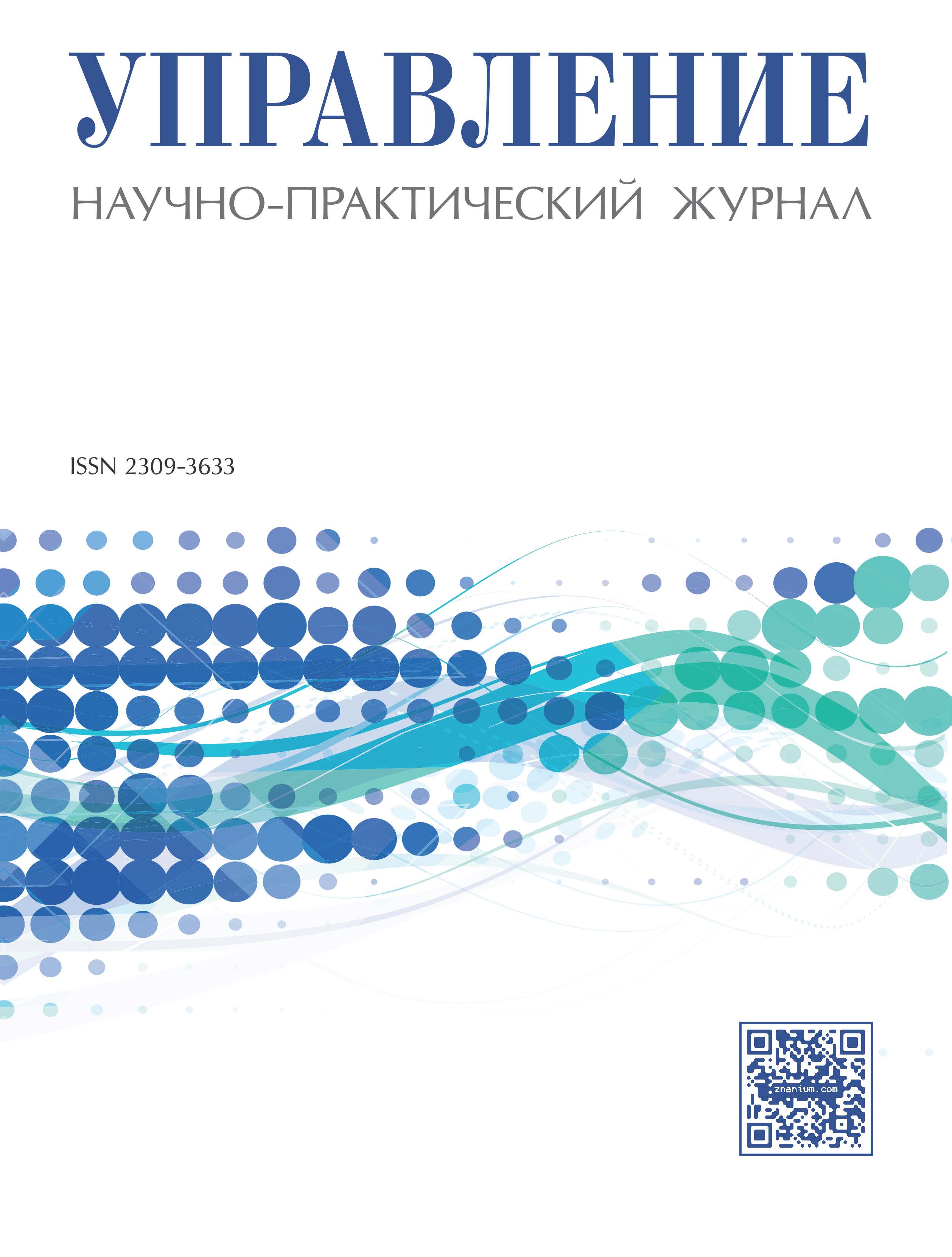Moskva, Moscow, Russian Federation
Among the intangible attributes of any social-communicative activities the most important place belongs to the image. Recently it is emerging more and more organizations and persons whose ratings, business reputation, commercial success, and social influence possibilities often depend not so much on their activities’ real characteristics, but on their image, functioning in the social-communicative space. These trends have shaped the social order for the scientific and practical developments related to the image management in the system of social relations. The image management is an information management as a reflection of events at an angle with impression improving. The abundance of the information environment in which a modern man lives has increased significantly, therefore the communicative interaction today is becoming more and more refined and concentrated, when each information message is endowed with a special meaning that has a high potential impact on the target audience. In this regard the image control includes the work with the image audience and the image object. Different audiences have their own information processing, and because of this different approaches are needed in each case. To create an image adequate to target group perception are used such tools as visualization of the image, mythologization, symbolization, archetype and context formation. The subject’s image is formed as if on two main directions. On the one hand it is a compliance with the mass communication channel’s requirements. The second direction in the image formation is reputational characteristics that the audience considers important: trust, authority, and professionalism. In this regard we have subdivided the image management process as following stages: its creation objective formulation, selection of criteria for image evaluation, as well as qualities for image formation, expressive means for these qualities translation and the image adjustment.
image, control, symbol, information, communication
1. Gorchakova V.G. Prikladnaya imidzhelogiya [Applied imageology]. Rostov-on-Don, Feniks Publ., 2010. 478 р.
2. Grazhdan V.D. Sotsiologiya upravleniya [Management Sociology]. Moscow, Yurayt Publ., 2014, 607 р.
3. Kagan M.S. Filosofiya kul’tury [Philosophy of Culture]. St. Petersburg, Petropolis Publ., 1996. 415 р.
4. Koshlyakova M.O. Verbalization of communication characteristics of the teacher of high school. Tsivilizatsiya znaniy: problemy i smysly obrazovaniya. Trudy Chetyrnadtsatoy Mezhdunarodnoy nauchnoy konferentsii [Civilization of knowledge: challenges and meaning of education. Proceedings of the Fourteenth International Conference]. Moscow, 2013, pр. 113-116.
5. Koshlyakova M.O. Features of functioning in the role image of the system. Sovremennaya kommunikativistika [modern communication study]. 2014, I. 2(9), pр. 53-57. (in Russian)
6. Koshlyakova M.O. Tekhnologii formirovaniya imidzha [Technology image formation]. Moscow, 2008. 128 р.
7. Pavlenok P.D. Sotsiologiya [Sociology]. Moscow, Marketing Publ., 2002. 1036 р.
8. Pocheptsov G.G. Imidzhelogiya. Refl -buk [Imageology. Refl -book.]. Vakler, 2000. 288 р.
9. Titts S., Koen L., Masson D. Yazyk organizatsiy. Interpritatsiya sobytiy i sozdanie znacheniy [Language organizations. Interpretation of events and the creation of values]. Kh., Gumanitarnyy tsentr Publ., 2008. 324 р.
10. Hodge R. and Kress G. (1988) Social Semiotics London Poliny
11. Singelis T. (1994). Nonverbal Communication and Intercultural Interactions, in W. R. Brislin and T. Tomoco (eds.). Improving Communication. London: Sage.
12. Available at: tezcar.ru›auto_oldsmobile.html (accessed 07 September 2015)







